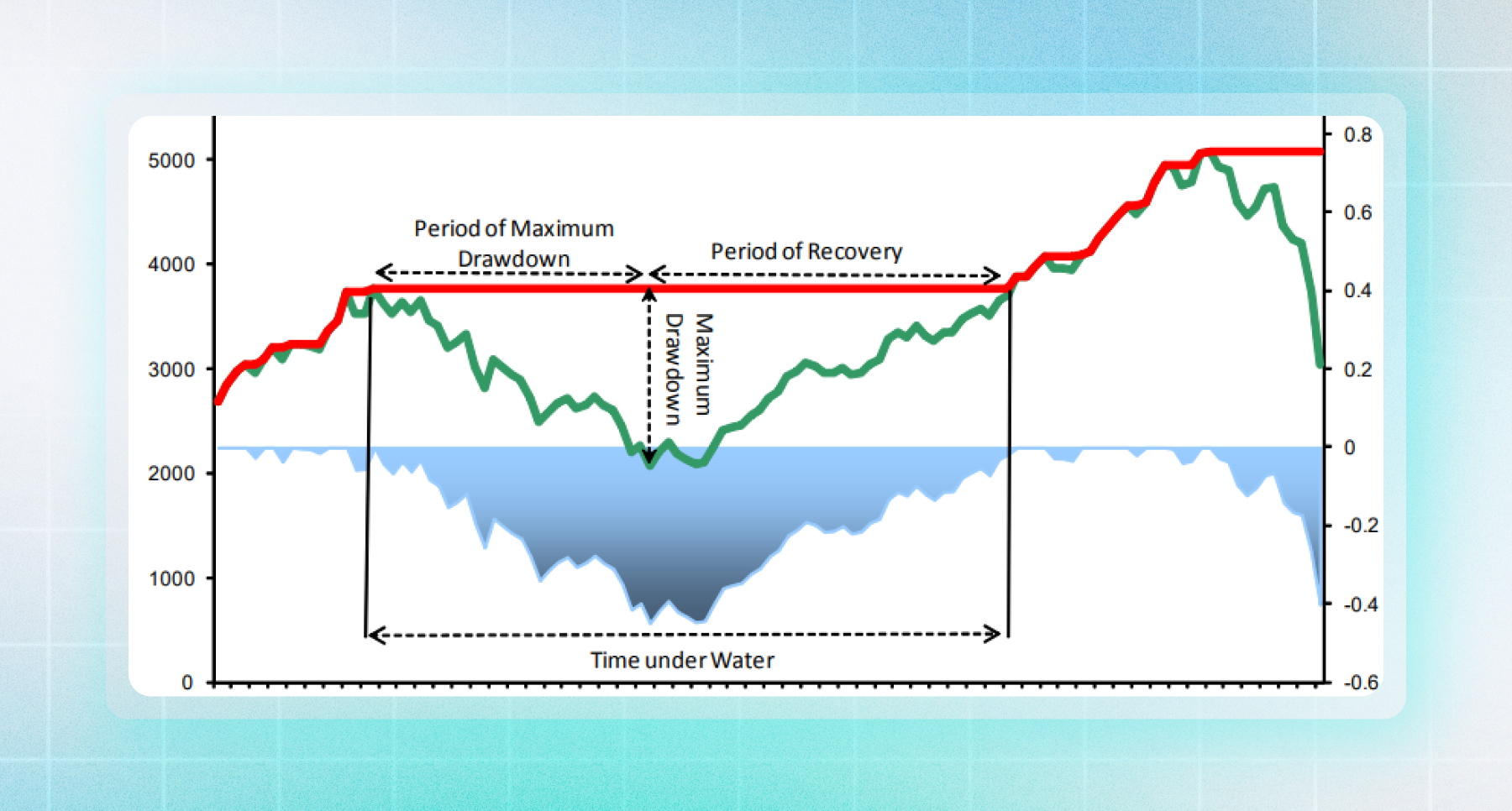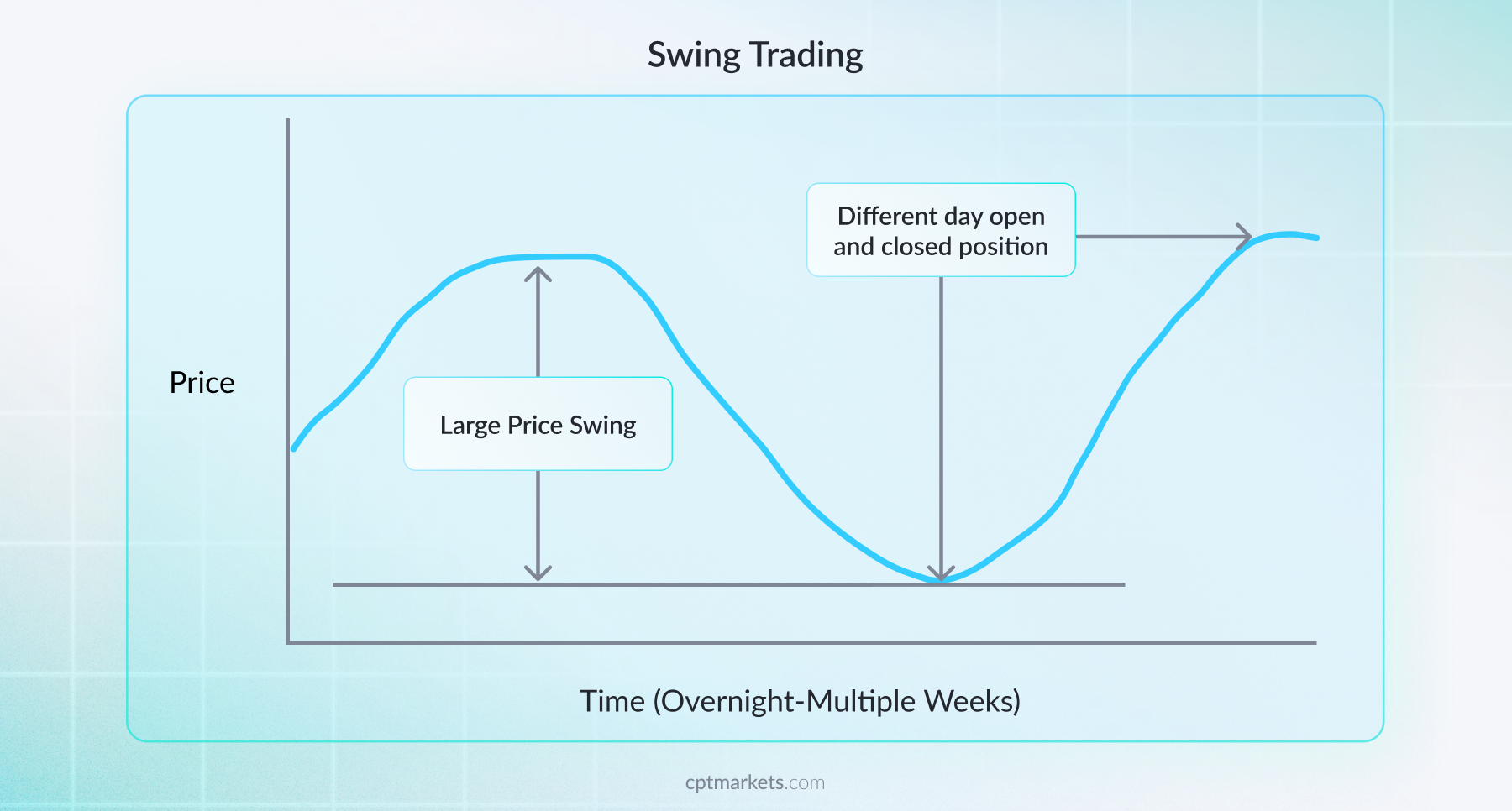What Is A Pip In Forex? A Comprehensive Guide From CPT Markets Group
August 06
When starting your forex trading journey, there is a term you will definitely encounter a lot, which is “pip”. Although it is just a small unit of measurement, pip plays an extremely important role in measuring price fluctuations and calculating profits or losses.
Let's explore pip in detail with CPT Markets Group in the article below, from basic concepts to how to calculate profits, all are explained clearly and simply.
What is Pip?
Pip stands for “Percentage in Point”, the smallest and standard unit of measurement to represent the change in the exchange rate of a currency pair.
For most popular currency pairs like EUR/USD, GBP/USD, AUD/USD, one pip is equivalent to 0.0001 (i.e. the fourth decimal place).

For pairs containing JPY such as USD/JPY, EUR/JPY, since the exchange rate usually has 2 decimal places, 1 pip = 0.01 (i.e. the second decimal place).

The reason for such a difference is because JPY is a low-value currency compared to strong currencies like USD or EUR, so the exchange rates of pairs containing JPY are often in the form of three digits before the decimal point.
Therefore, only two digits after the decimal point are enough to represent the smallest meaningful movement, and 0.01 is defaulted to 1 pip.
Pip Example:If EUR/USD moves from 1.1000 to 1.1005, it means a 5 pip increase.
Similarly, if GBP/USD moves from 1.2650 to 1.2630, it means a 20 pip decrease.
USD/JPY moves from 145.20 to 145.50, it means a 30 pip increase.
In the Forex market, just a few pips of fluctuation can lead to profits or losses of tens or hundreds of dollars, so understanding what a pip is is very important and this is a term that any trader needs to clearly understand.
So why is pip important?
Reasons why the term “Pip” is important because:
Measuring profits and losses: When you understand pips, you will be able to roughly calculate the amount of profit or loss just by looking at the numbers on the chart. This will be revealed by CPT Markets Group right below this article.
Compare the spread: Spread is the difference between the buy and sell price. It is also calculated in pips; the lower the Spread, the cheaper the trading cost. For example, if EUR/USD has a Bid price of 1.1000 and an Ask price of 1.1002, then the spread is 2 pips.
Building automated trading systems (robots/EAs): Trading algorithms and technical indicators often use pips as the default unit to measure volatility. Setting the pip number incorrectly can cause the strategy to not work exactly as you want.
So is Pip the smallest unit? Or is there a smaller unit of measurement than that? The answer is Yes, let's learn about Point & Tick with CPT Markets Group.
Point và Tick
As trading technology advances, the accuracy of quotes also increases. On our modern trading platforms like MetaTrader 4 and MetaTrader 5, you will notice that rates are not limited to just 4 decimal places as before, but can extend to 5 digits.
This opens up a new concept: units smaller than pips.
Pip is still the standard unit in Forex trading, equivalent to 0.0001 for currency pairs like EUR/USD. However, with rates displayed to 5 decimal places, we have an additional smaller unit called a point (or pipette), which is equivalent to 0.00001, meaning 1 point is equal to 1/10 of a pip.
For example:EUR/USD change from 1.10000 → 1.10001 is a 1 point (0.00001) movement
EUR/USD change from 1.1000 → 1.1001 is a 1 pip (0.0001) movement

Additionally, in other derivatives markets such as futures or index CFDs , you may come across the term tick, which represents the smallest possible price movement, but this unit is not fixed like pip or point.
Tick is not measured by a specific price distance but represents a single price movement in real time, whether up or down. Unlike pip or point, tick has no fixed value, and is often used in:
Index CFD , futures trading
Ultra short-term analysis (tick chart, volume chart)
If the price of Gold (XAU/USD) increases from 2323.87 to 2323.89, the system will record +1 tick increase.
Then, the price returns to 2323.87, the system will record +1 tick decrease.

Therefore, it can be said that each tick is a price change, no matter how many points or pips.
Some algorithmic trading strategies use “tick data” to analyze market sensitivity in real time, helping to make decisions before candlestick patterns even form.
Mastering units of measurement smaller than pips will help you read charts more accurately and react faster to short-term fluctuations.
Especially when you want to trade on low time frames or when using robots and technical indicators. This is the factor that helps traders streamline their strategies and optimize each price step.
How to Calculate Profit in Pips
After understanding what a pip is, the next question is often: “How much is 1 pip?” and to answer this question, we need to know two things:
Trade size (lot)
Currency pair you trade
| Lot Size | Units | Volume | Pip Value |
|---|---|---|---|
| Standard Lot | 100,000 Units | 1.0 | 1 pip = $10 |
| Mini Lot | 10,000 Units | 0.1 | 1 pip = $1 |
| Micro Lot | 1,000 Units | 0.01 | 1 pip = $0.1 |
You buy 1 lot of EUR/USD at 1.1000 and take profit at 1.1030. This trade brought a profit of 30 pips. Profit value: 30 pips × 10 USD = 300 USD
You sell 1 lot of USD/JPY at 145.80 and take a profit at 145.50. This is also a profit of 30 pips. Since for pairs containing JPY, 1 pip = 0.01 and the pip value of 1 lot is still around 10 USD/pip, the profit value is: 30 pips × 10 USD = 300 USD
Now that you understand that each pip carries a specific value, you will trade more carefully and each of your trades will become more calculated and have a clearer goal. And that is the stepping stone for us to look more broadly at the big picture.
Summary
Although it is just a small unit in the global financial world, pip is the key to help millions of traders measure market volatility, calculate profits, and especially manage risks accurately and disciplined.
Understanding pips doesn't just help you answer the question "how much profit?" or "how much loss?", but more importantly, it helps you build a logical, structured trading system, from how to set stop loss, take profit to capital management and optimize investment strategy.
At CPT Markets, we understand that trading success does not come from luck, but is the result of thorough preparation with solid knowledge, advanced trading technology and a dedicated support ecosystem for traders.
Through this, we not only provide a platform for you to access the global market, but also accompany you every step of the way in developing your investment skills and mindset.
Recent Articles
Frequently Asked Questions
A pip (short for Percentage in Point) is the standard unit of measurement used to express the change in value between two currencies in a forex pair.
For most major currency pairs like EUR/USD or GBP/USD, 1 pip = 0.0001 (the fourth decimal place).
For JPY pairs like USD/JPY, 1 pip = 0.01 (the second decimal place) due to their pricing format.
The value of 1 pip in forex depends on the lot size you're trading. Here’s a general estimate:
Mini lot (0.1 or 10,000 units): 1 pip = $1
Micro lot (0.01 or 1,000 units): 1 pip = $0.10
These values apply to most USD-quoted pairs like EUR/USD. For other currency pairs, pip value may vary slightly depending on the quote currency and exchange rate.
A 0.01 lot, also called a micro lot, is equal to 1,000 units of the base currency. In most USD-based pairs, 1 pip = $0.10 when trading a 0.01 lot.
This is ideal for beginner traders who want to manage risk with small position sizes.
Yes, 100 pips is considered a significant price movement in forex trading. Depending on your position size, 100 pips could mean:
$1,000 profit/loss with 1 standard lot
$100 with 1 mini lot
$10 with 1 micro lot
The impact of 100 pips depends on your lot size and risk management, but it's a common milestone used in many strategies.





